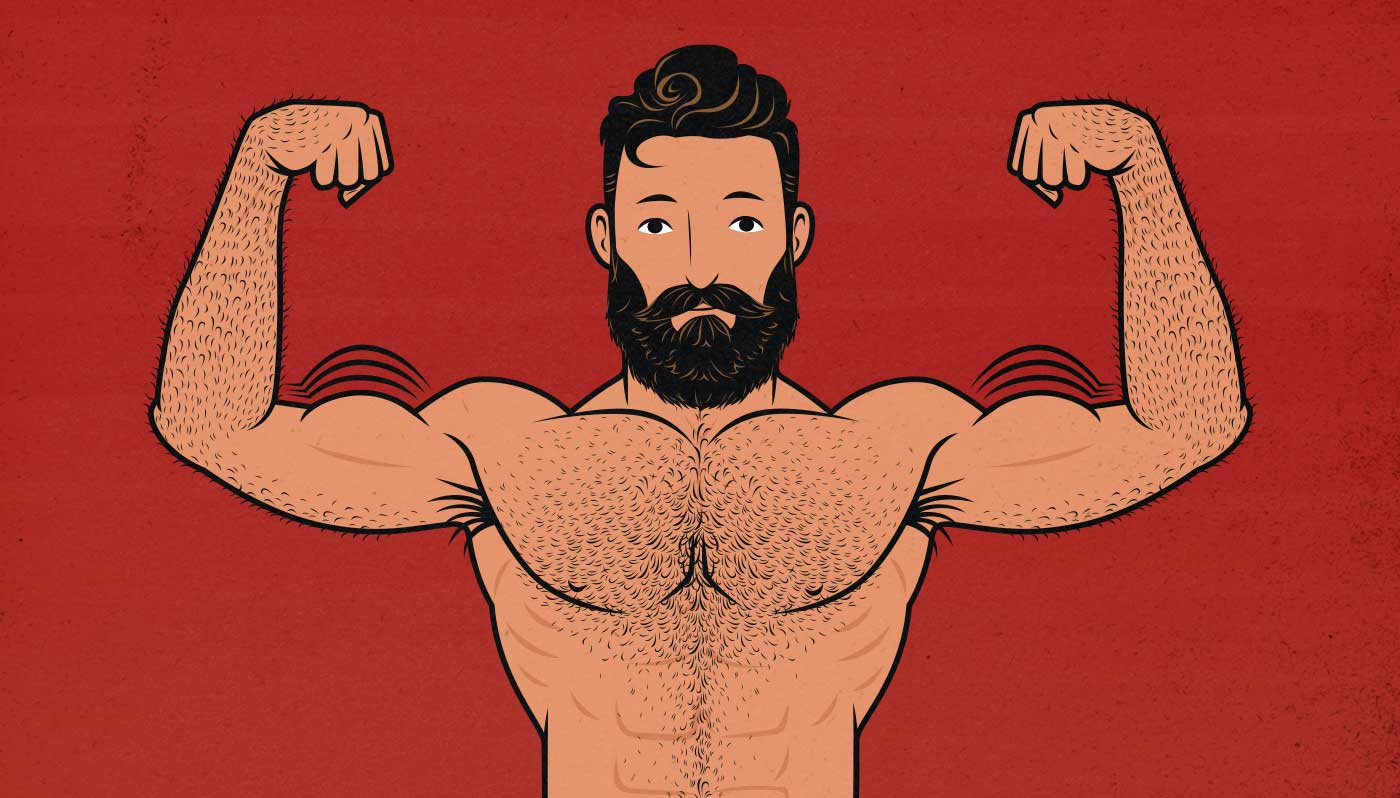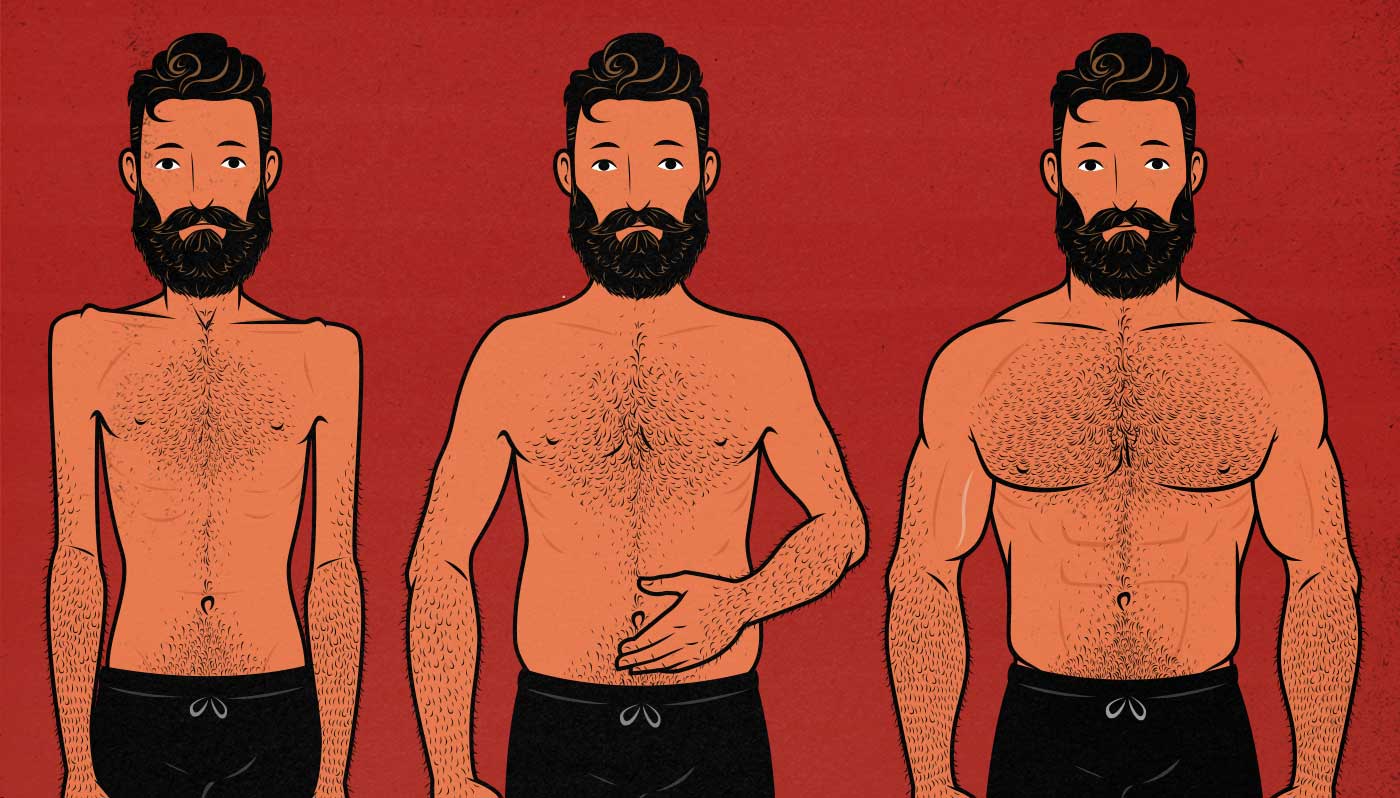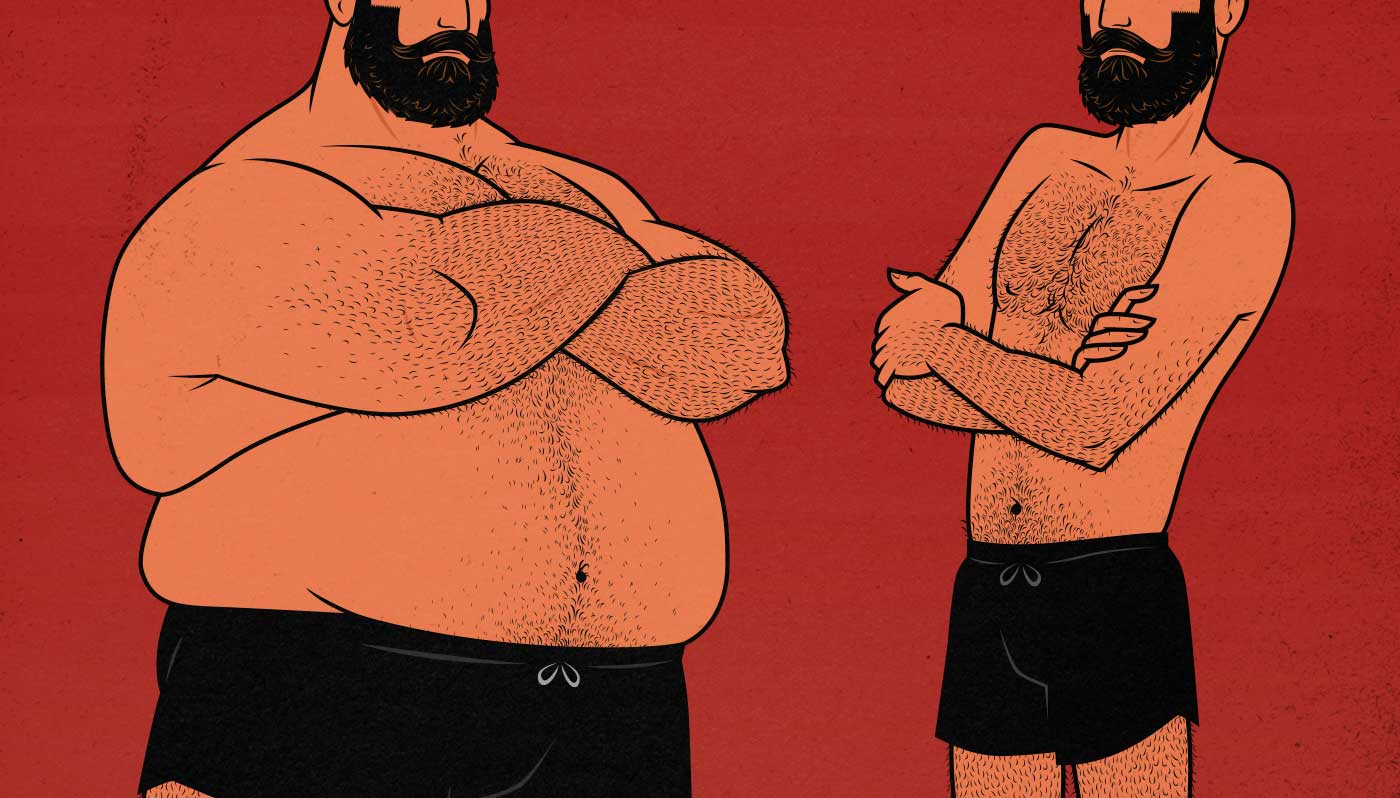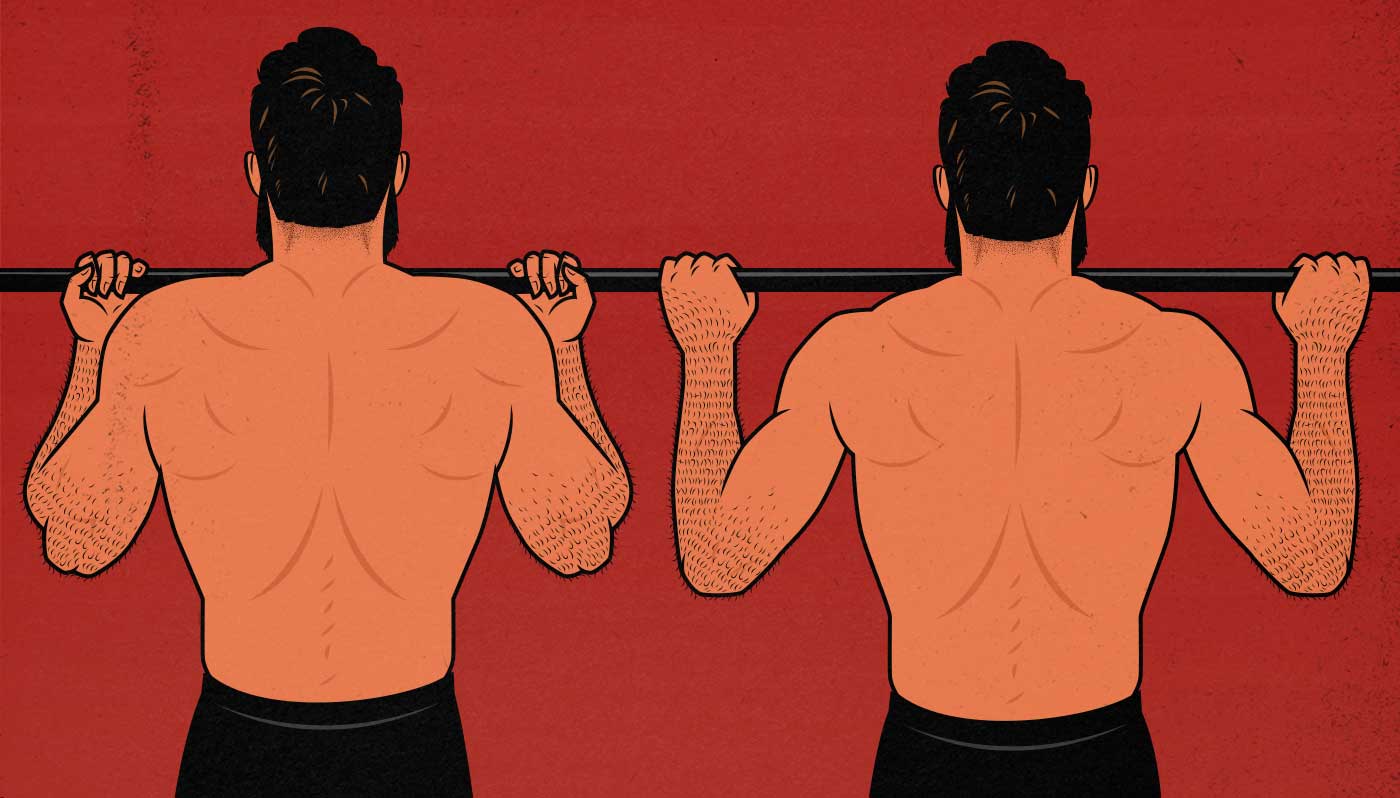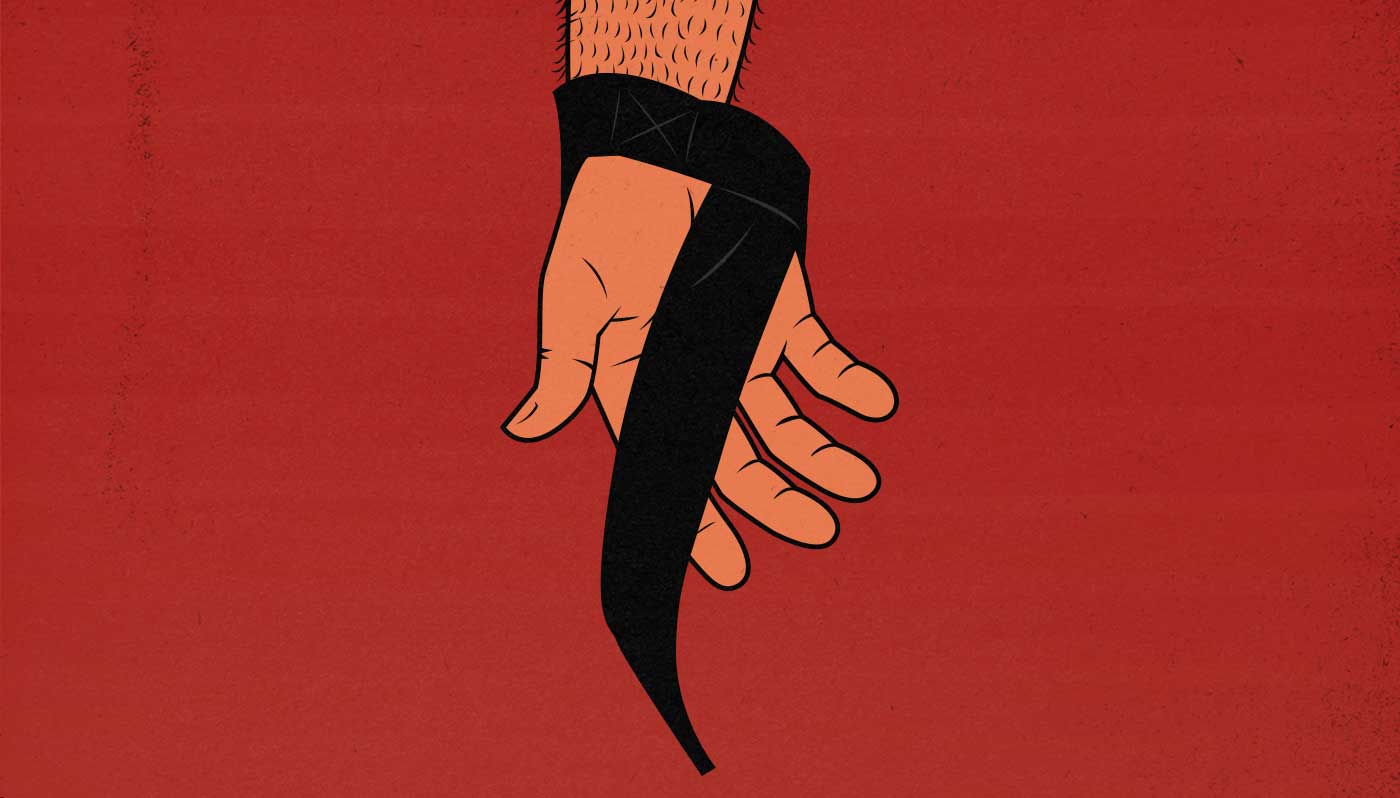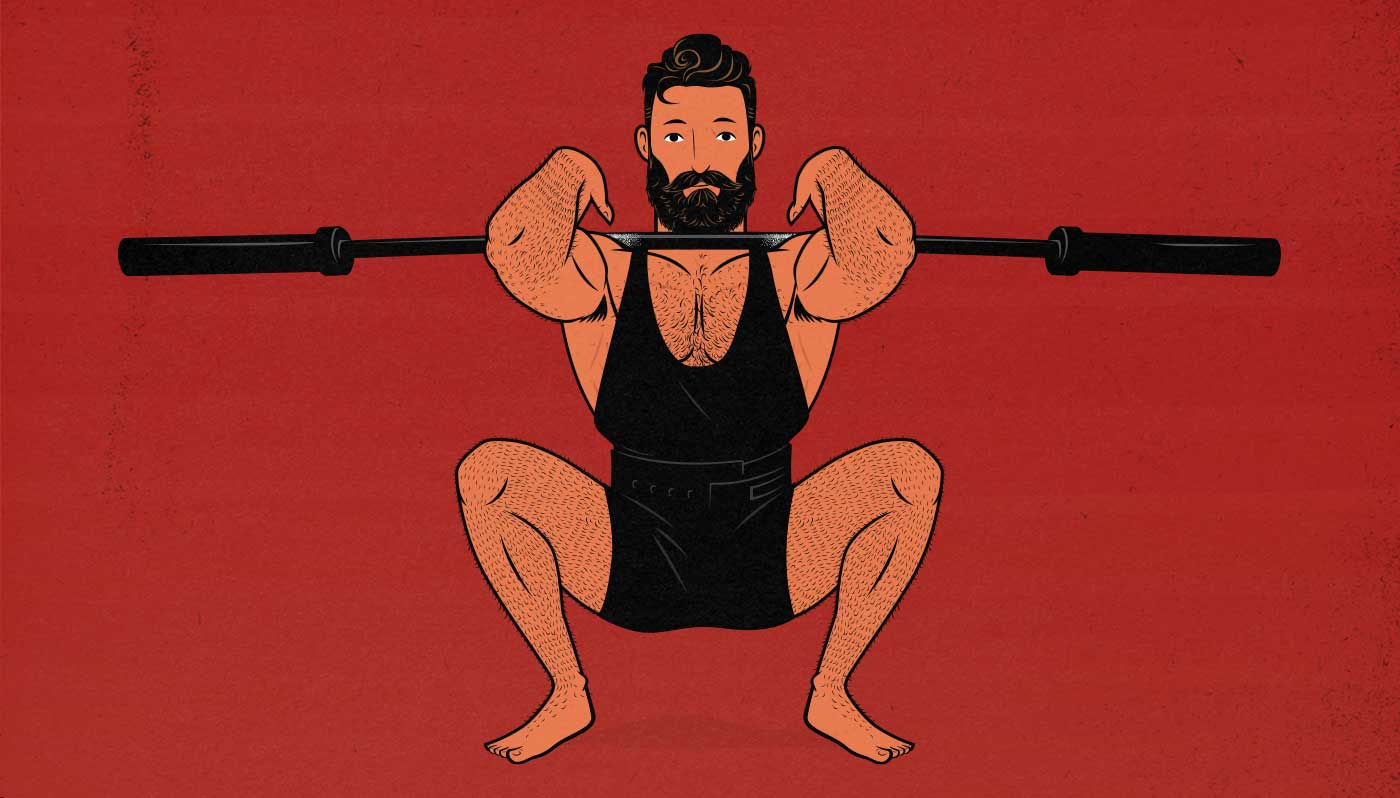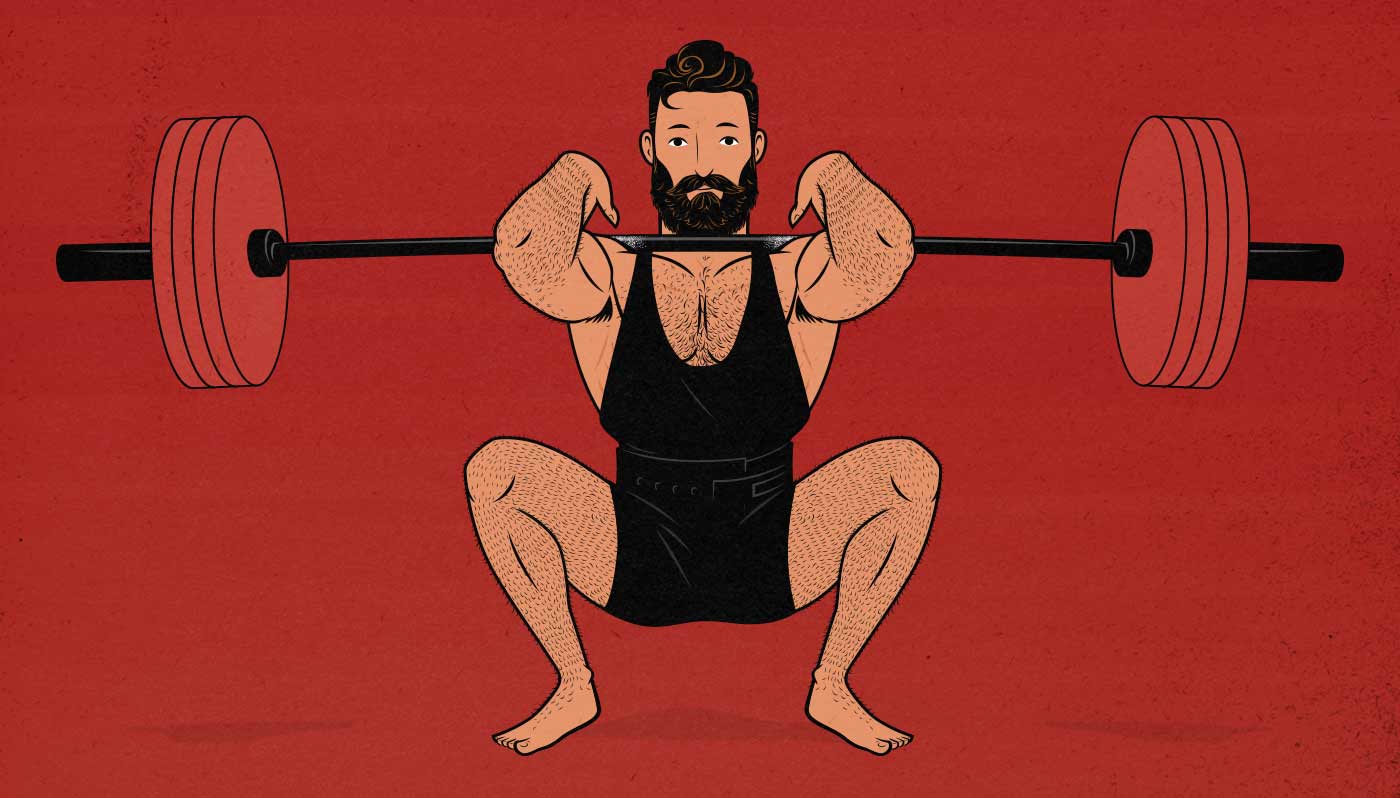Articles
How to Build Bigger Biceps
Our biceps aren’t big muscles. They’re a mere fraction of the size of our quads, glutes, shoulders, and chests. But they’re disproportionately prominent. Building bigger biceps can make us look much stronger. And with good reason. Our biceps play a large role in our general strength.
There’s an old strength training adage, though, telling us that all we need to build bigger biceps is to get stronger at compound lifts—at chin-ups and rows. That’s not quite the case, and perhaps that’s why most people’s biceps lag behind. We don’t train them directly enough, hard enough, or often enough.
So, what’s the best way to build bigger biceps?
Delve into the detailsHow Sedentariness Affects Muscle Growth & Fat Loss (Even for People Who Exercise)
It’s fairly well established that if you spend most of your time being sedentary (aka sitting), then you’ll burn fewer calories, and you may find yourself getting out of shape, gaining weight, and losing muscle over time. Perhaps that’s why so many people who work desk jobs complain of being “skinny-fat.”
The solution to sedentariness is typically thought to be doing exercise, and that’s true. Exercise is the best way to specifically address these issues:
- The best way to improve your cardiovascular fitness is to do cardio.
- The best ways to gain/maintain muscle are to lift weights or do callisthenics.
The other obvious piece to this puzzle is getting your calorie intake right. If you’re eating more calories than you’re burning, you’ll gain weight. Or, if you’re eating fewer calories than you’re burning, you’ll lose weight.
- Lifting weights while eating in a calorie surplus (bulking) is the best way to gain muscle.
- Lifting weights while eating in a calorie deficit (cutting) is the best way to lose fat while maintaining your muscle.
So you might imagine that by doing cardio, lifting weights, and keeping your calories under control, you can maintain good health and body composition. And that’s true. But even when we control for all of that, sedentariness is still a factor.
Even for people who regularly exercise, eat well, and eat the correct amount, spending too much time sitting still has a negative impact on our body composition.
Delve into the detailsThe P-Ratio: How Body-Fat Percentage Affects Muscle Growth & Fat Gain
There’s a common rule of thumb that we should get lean before we bulk, and then stop bulking once we reach around 20% body fat. The idea is that as we get leaner, our insulin sensitivity improves, allowing us to make leaner muscle gains. And then as we bulk up, our body fat percentage gradually rises, our insulin sensitivity falls, and we begin to gain proportionally more fat.
But new evidence calls this idea into question. Two researchers, Greg Nuckols, MA, and Eric Trexler, PhD, have been conducting hypertrophy research to see which body-fat percentages tend to yield the leanest muscle growth. I spoke with them, and they shared their early results and recommendations, which are already creating waves among the top experts.
So, does having a higher body fat percentage make it harder to build muscle leanly?
Delve into the detailsThe Best Barbell Exercises for Building Muscle
The best barbell exercises, without a doubt, are the 5 big compound lifts: the squat, bench press, deadlift, overhead press, and chin-up. These exercises will give you around 2/3rds of your overall muscle growth. In fact, you could build a muscular physique by getting strong at just these 5 exercises.
However, the big barbell exercises aren’t good at everything. They’re great for building muscle in our torsos but relatively poor for building muscle in our limbs. The bench press can work all the muscle fibres in your chest but only some of the muscle heads in your triceps. Chin-ups can work all the big pulling muscles in your back but only some of the muscle heads in your biceps. That’s why we need smaller barbell exercises to train our smaller muscles.
If we combine the big barbell exercises with the smaller ones, you can fully develop every muscle in your body. Here’s how to do that.
Delve into the detailsShould You Bulk or Cut First?
You should bulk if you want to get bigger, stronger, and more muscular. You should cut if you want to focus on burning fat. But what if you want to be both bigger and leaner? Should you start by bulking or cutting?
The next question is, when should you switch from bulking to cutting or vice versa? When bulking, how fat should you get before you switch to a cut? When cutting, how lean should you get before going back to bulking?
Delve into the detailsWhat’s The Difference Between Chin-Ups & Pull-Ups? Which is Better?
Chin-ups are done by hanging from a bar with an underhand grip and pulling yourself up. Pull-ups are quite similar. You hang from a bar with an overhand grip and pull yourself up. In fact, they’re so similar that they’re often used interchangeably. But that small change in grip position has quite a big effect on which muscles you work, how large your range of motion is, and how heavy you can lift.
So let’s talk about the pros and cons of pull-ups vs chin-ups and how best to use them in your workout routine.
Delve into the detailsThe Best Lifting Straps & Grips for Building Muscle
When you first start lifting weights, it’s common for your grip to be a limiting factor. After all, if you’ve never trained your grip, it’s probably weak. And since you need to grip the bar during every single exercise, it’s easy for a weak grip to plague your workout routine. Fortunately, your grip will quickly become stronger, and it will stop being a limiting factor on most lifts.
But some lifts work huge muscle grips, allowing you to lift massive amounts of weight. Think of the conventional deadlift, which works your glutes, quads, and hamstrings—three of the biggest muscles in your body. Your grip won’t be able to keep up. To get around that problem, you can learn the mixed grip, the hook grip, use chalk, or use tape. All of those methods can work. But a much simpler option is to get some lifting straps.
Lifting straps do two things. They let the bar hang from your wrist instead of from your grip, and they prevent the barbell from rolling in your hands, keeping it steady. This allows you to worry less about your grip, more about the muscles you’re actually trying to train. You can row with your upper back, deadlift with your hips, and shrug with your traps—all without needing to worry about the bar rolling out of your hands.
So, that brings us to the next question: what are the best lifting straps to buy? And the answer to that question is a bit surprising. You shouldn’t buy lifting straps at all. You should get lifting grips instead.
Delve into the detailsHow to Warm Up Before Lifting Weights
What’s the best way to warm up before lifting weights? Should we do cardio? Does that help? Is it necessary? And should you stretch? Some research shows that stretching can reduce our size and strength gains. But is that true?
And what about warm-up sets? There’s no doubt that they’re an important part of warming up before lifting heavy weights. But how much weight should we lift during those warm-up sets, and how long should we rest between them?
In this article, we’ll go over the research looking into the best way to warm before your workout. By end, you’ll know how to reduce your risk of injury, how to improve your technique and range of motion, and how to gain more muscle size and strength.
Delve into the detailsThe Barbell Front Squat Guide (for Building Muscle)
The barbell squat is the strength training lift. It’s the best lift for bulking up your quads, glutes, and calves, and it stimulates more overall muscle mass than any other lift, with the possible exception of the deadlift.
There are different ways of squatting, each with different pros and cons. This article has nothing to do with powerlifting or Olympic weightlifting. Instead, we’re using the squat to stimulate muscle growth—to get bigger, stronger, fitter, and better looking. For this, the barbell front squat is the best. That’s a controversial claim, we know. But we’ll show you why, then how.
Delve into the detailsHow to Do Supersets
Building your workout routine out of supersets is one of the best ways to build more muscle in less time. Not because there’s anything magical about them—although there might be—but because they make our workouts so much denser and more efficient. And there’s no real trade-off, either. You’ll still gain the same amount of strength, still get similar cardiovascular benefits.
Thing is, most people do supersets incorrectly. They rest too little between their sets, which is fine for general fitness, but it reduces the amount of muscle mass and strength they gain. Or they superset the wrong exercises together, limiting the amount of weight they can lift, and turning them into a less effective form of drop sets. So if you want to keep your workouts focused on building muscle, there’s a specific way to do them.
So, what are supersets? What’s the best way to do them? And how can you cut the length of your workouts in half while still gaining the same amount of muscle size and strength?
Delve into the details
